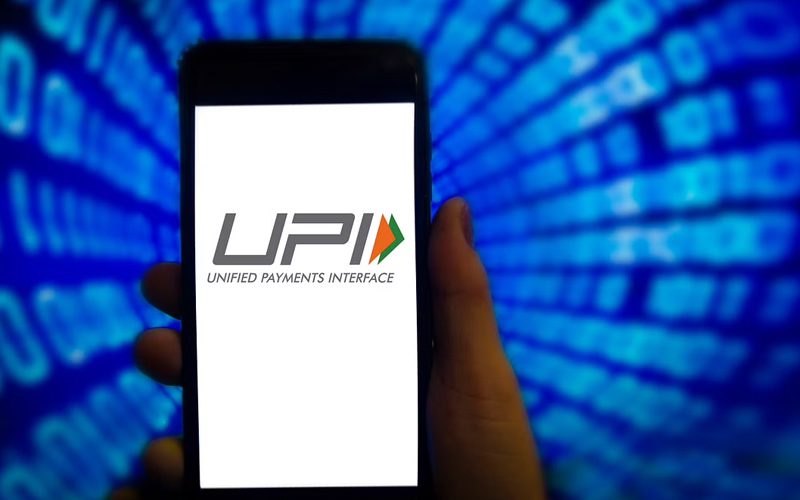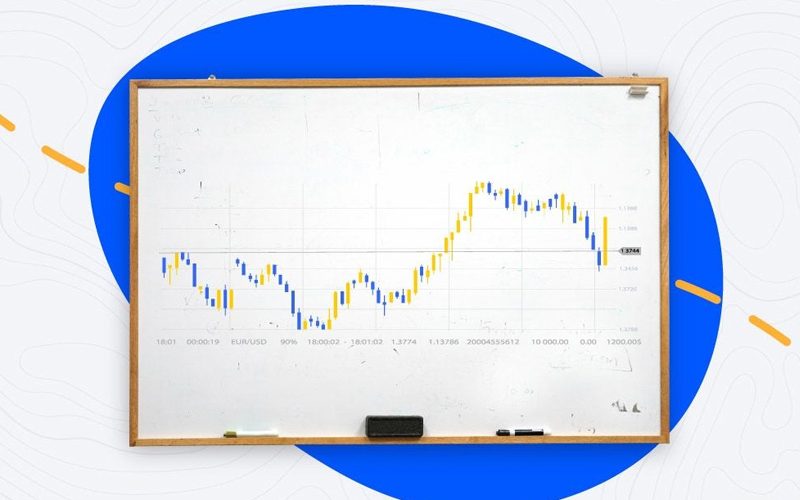Unified Payment Services (UPI), the next big investment trend, is here to take Bitcoin’s place.
Bitcoin has received praise for being a tool for financial inclusion. Out of the two billion households globally, 100–120 million people are projected to be Bitcoin users after 13 years. In contrast, UPI has more than 600 million users in India, where there are approximately 300 million households. This translates to an average of almost two UPI users per home.
The entire value of transactions, as annualized by the NPCI data from June 2022, is $1.5 trillion. On the UPI platform, around 70 billion transactions are completed annually in terms of volume. More than 30 different nations are adding it to their territories. Talking about Make in India and Make for the World, The National Payments Corporation of India, an Indian firm, develops and oversees UPI. UPI is a real-time payment system and has no cost to the users. It instantaneously debits one bank account for as little as one rupee and credits another. ACI Worldwide has recognized India as a global leader in real-time payments thanks to this ground-breaking platform, which has grown at a compound annual growth rate (CAGR) of more than 100% over the past five years. More than 70 apps use UPI, and new ones are released every day. But with a market share of just under 95%, three applications rule the roost. With a market share of about 50%, PhonePe is the biggest. With a market share of about 35%, GPay is the second-largest. With a market share of just under 10%, Paytm is the third-largest. The other notable apps come from Indian private banks, a few state-owned institutions, Amazon Pay, and a few fintech firms. WhatsApp Payments is an additional intriguing one. WhatsApp Payments has a fairly small user base when compared to the Big 3, yet it is permitted to have a maximum of 100 million registered users. The primary WhatsApp platform in India has close to 500 million users overall. Flipkart, which is owned by Walmart in the US, is the company that owns PhonePe. Alphabet Inc., based in the US, is the owner of GPay, commonly known as Google Pay. Naturally, Paytm is traded on the Indian stock exchanges. But Warren Buffett’s business, Berkshire Hathaway Inc., also owns stock in Paytm through BH International Holdings, the latter of which is an international holding company. Amazon.com, Inc. is the owner of Amazon Pay. Meta Platforms, Inc. is the owner of WhatsApp payments. Naturally, these US-based businesses own the UPI payment networks through several foreign and Indian subsidiaries. Additionally, UPI payments do not currently generate any direct income. Although there is some revenue generation through promotions, it is insignificant in comparison to their primary revenue sources. Since so little money is being made on these platforms, one could be tempted to ignore them. But that would be a grave error. Think about websites like the Google search engine, YouTube, Facebook, and Instagram. These platforms are used by a sizable number of people at no charge. Google India earned gross advertising sales of around Rs 14,000 crore in FY2021, despite the “free” use of its services. Similar to that, Facebook India reported FY2021 gross advertising sales of about Rs 9,000 crore. Of course, to protect Indian nationals, the Indian government has drafted and is formalizingseveral additional laws, rules, and regulations on data protection and storage within Indian territory. Today, it is impossible to fathom how this rich and sizable supply of financial transaction data may be monetized. Users may benefit from this in the form of highly personalized offers on goods and services. The corporation that owns the platforms can make more money the more value it adds to the users. The growth vector is present, but it is latent and has not yet been heavily capitalized. This is more akin to a venture capital-style investment with high risk and high return. The intriguing thing is that the majority of the aforementioned companies, which are traded on US stock exchanges, have healthy cash flows and revenues and are currently offered substantial discounts on their intrinsic values. Their core businesses alone are adequate to support their intrinsic values, which, in our opinion, are significantly higher than their market worth.
These large businesses are all expanding by double digits, and one of them is benefiting from the free growth vector for digital payments. Due to PhonePe and GPay’s combined 85 percent dominance of UPI, it appears that US equities are weighted more heavily than other stocks. There is a small case on Fintech, Digital Payments & Banking that offers exposure to the larger digital payments industry, including other channels, like RTGS, NEFT, IMPS, etc., in addition to the applications, for individuals who prefer investing in Indian stocks. Indian commercial banks, public sector banks, other financial services, and technology stocks constitute this assortment.







